Consuming large amounts of ultra-processed food (UPF) increases the risk of an early death, according to a international study that has reignited calls for a crackdown on UPF.
Each 10 percent extra intake of UPF, such as bread, cakes and ready meals, increases someone’s risk of dying before they reach 75 by 3 percent, according to research in countries including the US and England.
UPF is so damaging to health that it is implicated in as many as one in seven of all premature deaths that occur in some countries, according to a paper in the American Journal of Preventive Medicine.
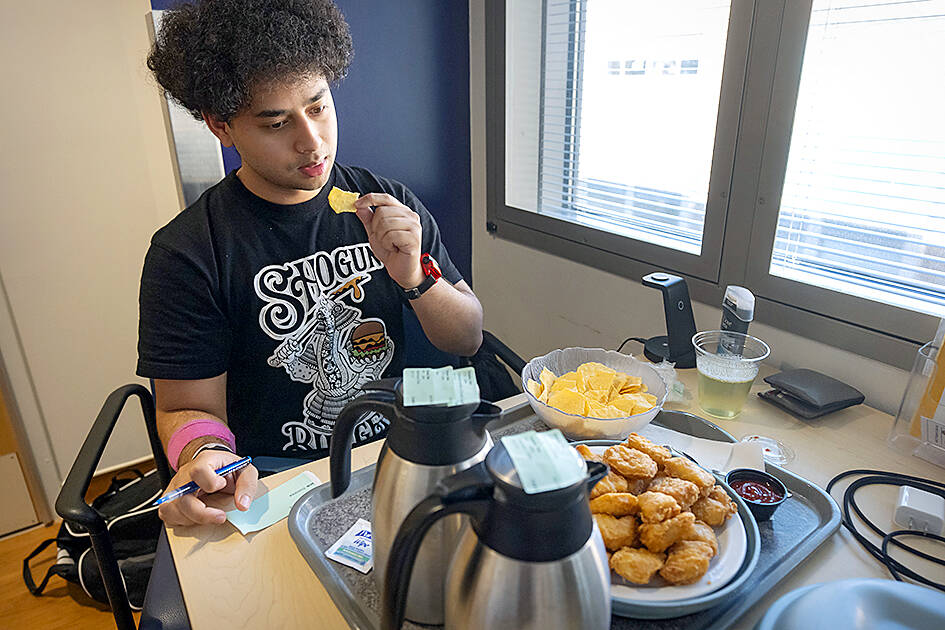
Photo: AP
They are associated with 124,107 early deaths in the US a year and 17,781 deaths every year in England, the review of dietary and mortality data from eight countries found.
Eduardo Augusto Fernandes Nilson, the lead investigator of the study, from the Oswaldo Cruz Foundation in Brazil, said that additives such as sweeteners and flavorings harm health not just UPFs’ high levels of fat, salt and sugar.
The authors found “a linear dose-response association between the ultraprocessed food consumption and all-cause mortality” when they examined official surveys previously undertaken in the UK and US, as well as Australia, Brazil, Canada, Colombia, Chile and Mexico.
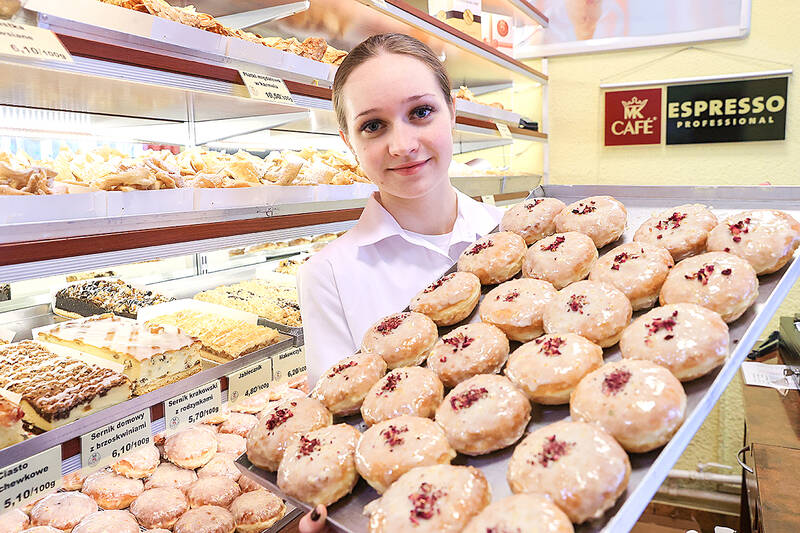
Photo: EPA-EFE
While 4 percent, 5 percent and 6 percent of premature deaths in Colombia, Brazil and Chile respectively are “attributable to UPF consumption,” the equivalent percentage is 10.9 percent in Canada, 13.7 percent in the US and 13.8 percent in England — the highest proportion among the eight countries.
“Premature deaths attributable to consumption of ultraprocessed foods increase significantly according to their share in individuals’ total energy intake. A high amount of UPF intake can significantly affect health,” the researchers concluded.
Death rates are highest in the countries where the population gets the largest amounts of total energy from eating UPF.
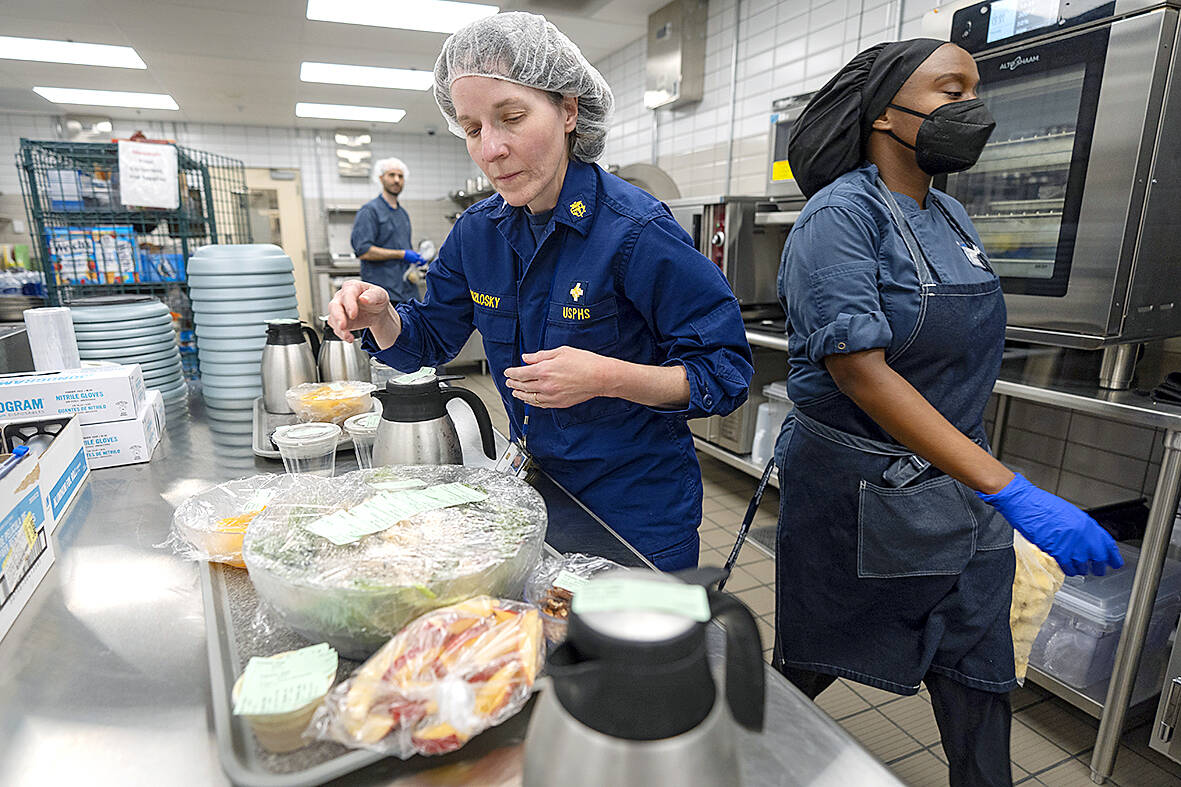
Photo: AP
In England that is 53.4 percent, according to the National Diet and Nutrition Survey undertaken in 2018-19. But it is even higher in the US — 54.5 percent.
“We first estimated a linear association between the dietary share of UPFs and all-cause mortality, so that each 10 percent increase in the participation of UPFs in the diet increases the risk of death from all causes by 3 percent,” Nilson said.
“UPFs affect health beyond the individual impact of high content of critical nutrients — sodium, trans fats and sugar — because of the changes in the foods during industrial processing and the use of artificial ingredients, including colorants, artificial flavors and sweeteners, emulsifiers and many other additives and processing aids, so assessing deaths from all causes associated with UPF consumption allows an overall estimate of the effect of industrial food processing on health.”
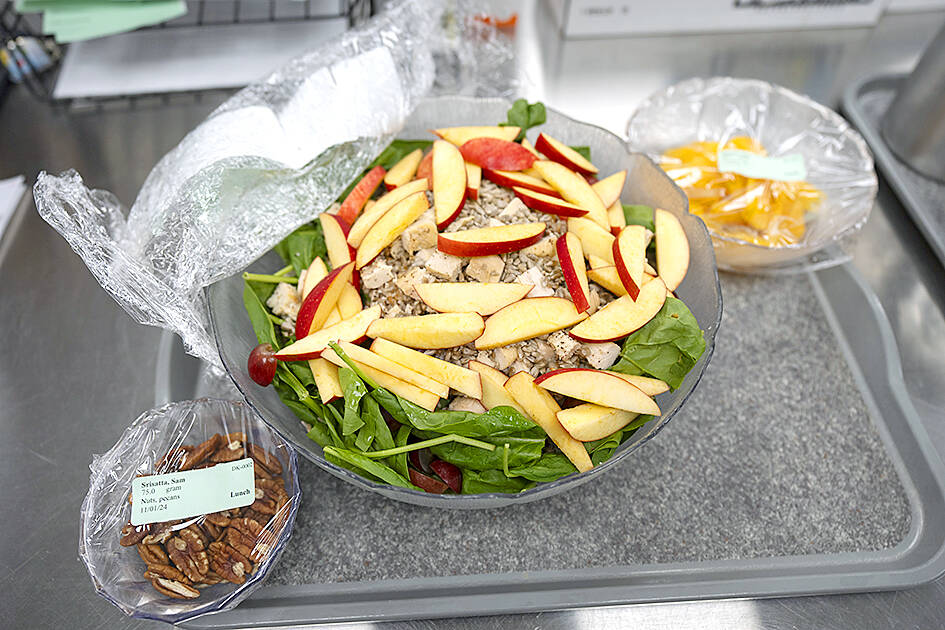
Photo: AP
While the burden of ill-health from UPF is highest in high-income countries, it is growing in low and middle-income nations, added Nilson.
The authors urged governments worldwide to introduce bold measures to tackle UPF, including tighter regulation of food marketing and the sale of food in schools and workplaces, and also taxes on UPF products to reduce sales.
The findings add to the growing body of evidence linking UPF to a higher risk of both specific illnesses, such as cancer and heart disease, and a increased risk overall of dying before 75. However, they found an association between UPF and early death, not that one definitely causes the other.
For example, US research published last year in the BMJ found that people who consume the most UPF have a 4 percent higher risk of death overall and a 9 percent greater risk of dying from something other than cancer or heart disease. It identified processed meat, sugar and ultra-processed breakfast foods, such as cereals, as the unhealthiest UPF products.
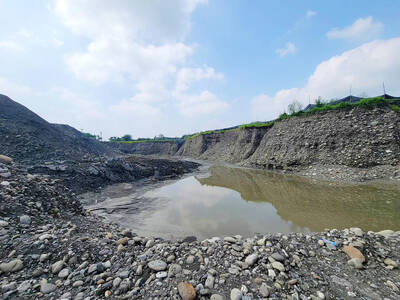
Last week the story of the giant illegal crater dug in Kaohsiung’s Meinong District (美濃) emerged into the public consciousness. The site was used for sand and gravel extraction, and then filled with construction waste. Locals referred to it sardonically as the “Meinong Grand Canyon,” according to media reports, because it was 2 hectares in length and 10 meters deep. The land involved included both state-owned and local farm land. Local media said that the site had generated NT$300 million in profits, against fines of a few million and the loss of some excavators. OFFICIAL CORRUPTION? The site had been seized
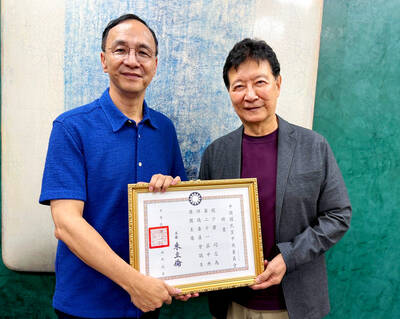
Next week, candidates will officially register to run for chair of the Chinese Nationalist Party (KMT). By the end of Friday, we will know who has registered for the Oct. 18 election. The number of declared candidates has been fluctuating daily. Some candidates registering may be disqualified, so the final list may be in flux for weeks. The list of likely candidates ranges from deep blue to deeper blue to deepest blue, bordering on red (pro-Chinese Communist Party, CCP). Unless current Chairman Eric Chu (朱立倫) can be convinced to run for re-election, the party looks likely to shift towards more hardline
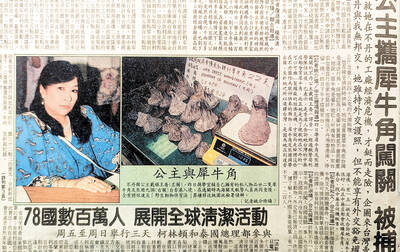
Sept. 15 to Sept. 21 A Bhutanese princess caught at Taoyuan Airport with 22 rhino horns — worth about NT$31 million today — might have been just another curious front-page story. But the Sept. 17, 1993 incident came at a sensitive moment. Taiwan, dubbed “Die-wan” by the British conservationist group Environmental Investigation Agency (EIA), was under international fire for being a major hub for rhino horn. Just 10 days earlier, US secretary of the interior Bruce Babbitt had recommended sanctions against Taiwan for its “failure to end its participation in rhinoceros horn trade.” Even though Taiwan had restricted imports since 1985 and enacted

The depressing numbers continue to pile up, like casualty lists after a lost battle. This week, after the government announced the 19th straight month of population decline, the Ministry of the Interior said that Taiwan is expected to lose 6.67 million workers in two waves of retirement over the next 15 years. According to the Ministry of Labor (MOL), Taiwan has a workforce of 11.6 million (as of July). The over-15 population was 20.244 million last year. EARLY RETIREMENT Early retirement is going to make these waves a tsunami. According to the Directorate General of Budget Accounting and Statistics (DGBAS), the